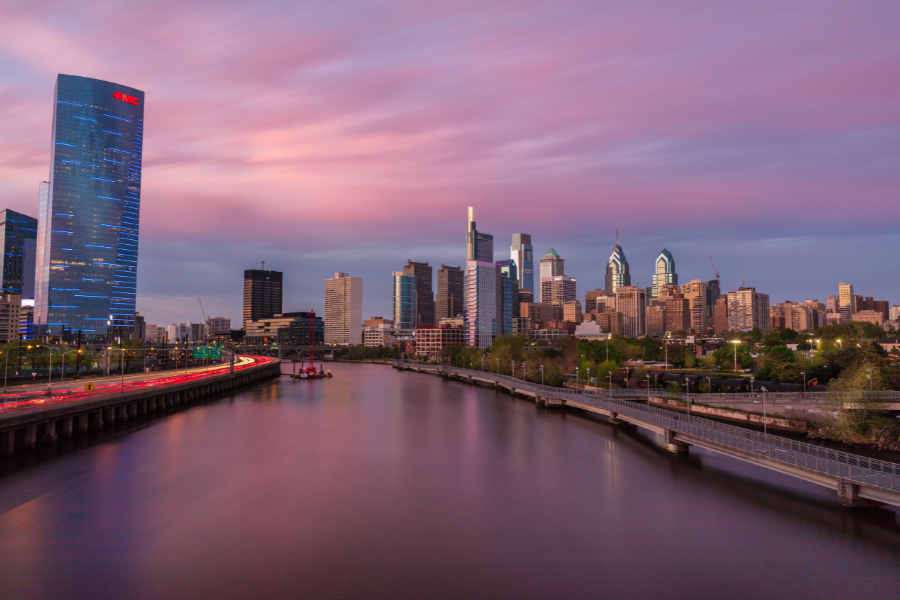Simple Home Improvements
Clean Your Carpets
Shampooing and deep cleaning your carpets are some of the easiest improvements you can make to your home. Not only will cleaning your carpets revive the look of the room, but it will also help your carpeting better withstand the test of time.
You don’t even need a carpet shampooer to take care of this project yourself — most home improvement stores allow you to rent this equipment affordably and conveniently. With just a little bit of elbow grease, you can save yourself some money and make your carpets look like new.
Paint Your Walls
Painting is an easy job that you can do on your own, and it is an easy way to change up the look of a room. This is a relatively simple process and can easily be learned by following tutorials on the internet. The process does not require many tools and the ones that are required are inexpensive.
Painting your walls is an easy way to revamp your living space and get out of that rut you are in. Switching up your home with some fresh paint is a good way to make you fall in love with your home all over again.
Closet Cleanout
This project is one of the more simple that will be on this list. Closets are often forgotten about and left to pile up. If your closet is disorganized or overflowing, a quick cleanout can be a small but rewarding win.
Finding a closet that only has junk or things that do not belong there think about redoing the closet and giving it an alternative purpose. Some examples of this is would be converting it to an at-home office, workspace, or anything that you can think of!
The most important part about a closet cleanout is that you need to take out clothes that you do not need anymore. Put these clothes in storage or even better yet donate it to your local shelter or thrift store.
Give Your Door a Makeover
This is an easy way to give the exterior of your home a fresh look. This is very simple to do, the most basic way of giving your door a makeover is to give it a paint job. Updating the color of your door can give the impression that your home got a whole renovation.
This is a quick improvement that is not time-consuming, it should only take you half an afternoon. To perform this improvement takes a very little amount of tools and paint. All you need is a brush and some paint with minimal areas to cover with tape.
Bring the Outdoors In
Adding plants is an easy way to brighten up the mood in your home. Plants are low maintenance improvements that can add a lot to a living space.
Succulents can come in all shapes and sizes. There are so many options that you can get the right plants to match the aesthetics of your home. For instance, if you have a desert color scheme going on, add some small cactuses with a beige color pot.
Ceiling Fan Makeover
Ceiling fans can often be overlooked and forgotten about in your home. This should not happen due to how easy and inexpensive it is to give them a quick update.
Besides from just cleaning your fans you can replace the wings of the fan or even just paint them. This is an easy 15-minute improvement that will subtly update your living spaces.
Fix Your Drywall
Drywall can easily get damaged and can be just as easily repaired but it is often not repaired. Holes and dents in your drywall can make your whole home feel like a frat house.
This is an easy DIY project that you can tackle on any weekend. All you need to get is drywall and spackle assuming you already have a saw of some sort at home. A quick lookup on Youtube will give you an easy step by step guide on how to fix your wholes in your drywall.





